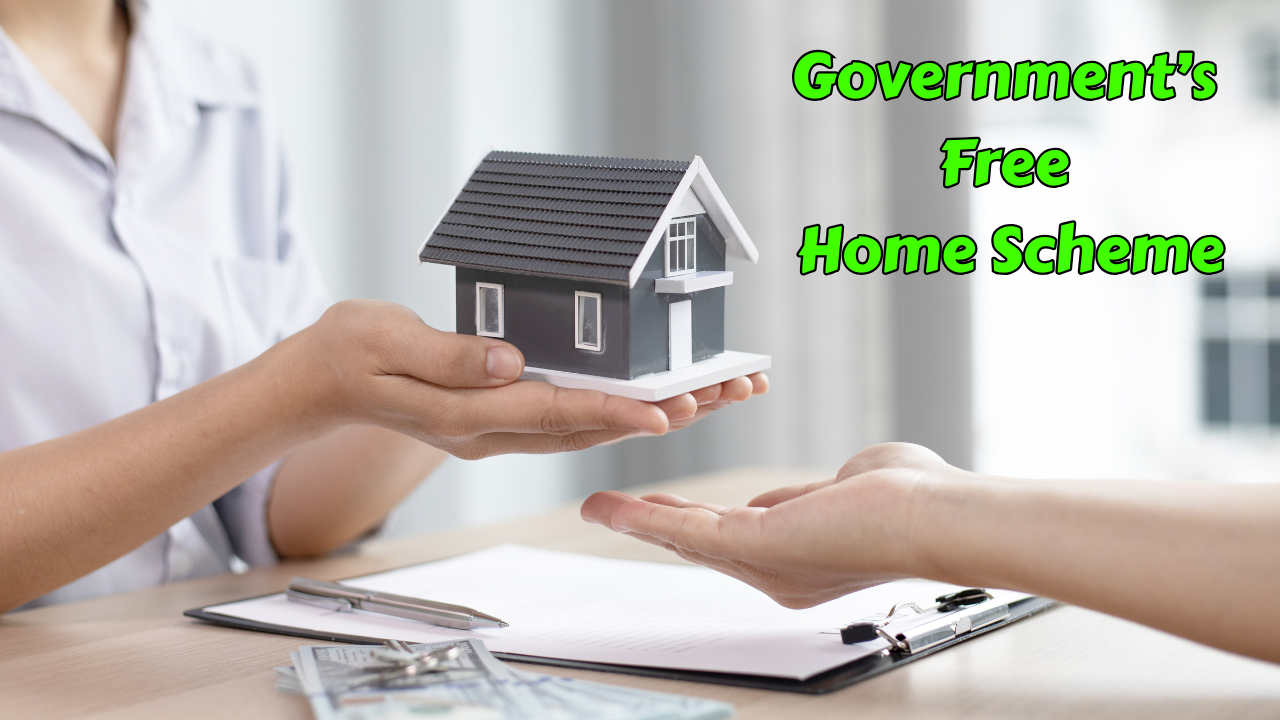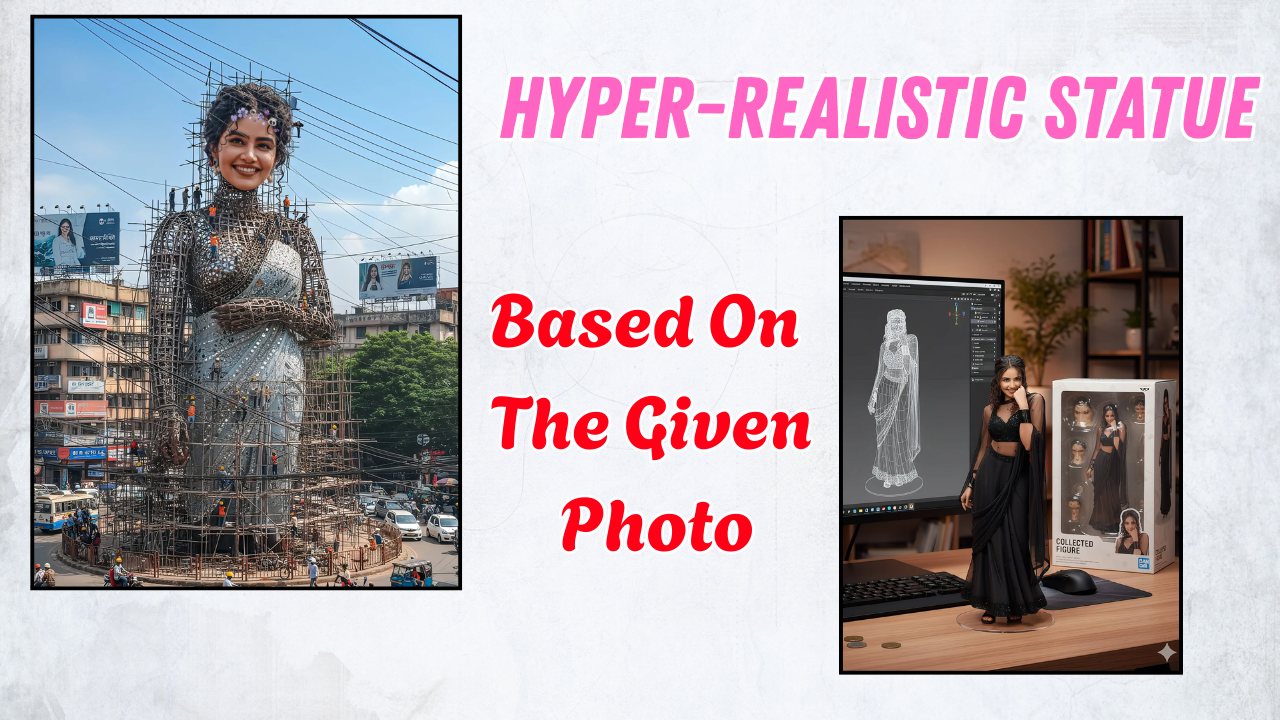Introduction to PMAY (Urban)
Pradhan Mantri Awas Yojana (Urban), also called PMAY (U), is a flagship housing scheme launched by the Government of India in June 2015. Its main aim is to provide affordable housing to the urban poor. The mission hopes to ensure that every family has a pucca house with water, sanitation, and electricity by the year 2022.
Objectives of PMAY (Urban)
The core objective of PMAY (Urban) is to reduce the housing shortage among the urban poor, especially for people belonging to Economically Weaker Sections (EWS), Low-Income Groups (LIG), and Middle-Income Groups (MIG). The scheme works towards the vision of “Housing for All.”
Key Features of PMAY (Urban)
Under this scheme, beneficiaries get financial assistance to either build a new house or improve their existing homes. PMAY (Urban) also encourages the use of eco-friendly and sustainable building materials. The government offers interest subsidy on housing loans under the Credit Linked Subsidy Scheme (CLSS), which reduces the EMI burden on families.
Different Components of PMAY (Urban)
PMAY (Urban) has four major verticals. The first is “In-Situ Slum Redevelopment” which uses land as a resource to provide houses to slum dwellers. The second is the “Credit Linked Subsidy Scheme” that gives interest subsidies on housing loans. The third is “Affordable Housing in Partnership,” where the government partners with private builders to create affordable homes. The fourth is “Beneficiary Led Construction” where financial help is provided to people to build or enhance their own homes.
Eligibility Criteria for Beneficiaries
To benefit from PMAY (Urban), families must not own a pucca house anywhere in India. The applicant should belong to EWS, LIG, or MIG categories based on their annual income. The scheme gives preference to women applicants and also gives priority to differently-abled and senior citizens for ground floor houses.
Subsidy Under CLSS
A significant part of PMAY (Urban) is the Credit Linked Subsidy Scheme. Under CLSS, eligible beneficiaries get an interest subsidy of up to 6.5% on home loans. This helps reduce the overall cost of owning a house, making it easier for middle and lower-income families to buy or construct their homes.
Role of Urban Local Bodies
Urban Local Bodies (ULBs) play a crucial role in implementing PMAY (Urban). They identify beneficiaries, prepare housing plans, coordinate with state and central governments, and ensure that the construction meets quality standards.
Progress So Far
Since its launch, PMAY (Urban) has approved millions of houses across various cities and towns in India. Many of these homes have already been constructed and handed over to beneficiaries. This large-scale housing mission has improved the lives of countless urban poor families by giving them secure and dignified living conditions.
Use of Modern Technology
The scheme promotes the use of new construction technologies to build houses quickly and with better quality. Various projects have adopted precast and light gauge steel structures to speed up construction and ensure durability.
Economic and Social Impact
PMAY (Urban) has not only provided homes but also boosted employment in the construction sector. The availability of affordable housing close to workplaces has improved the quality of life for many. Better housing also means improved health, education, and safety for families.
Challenges in Implementation
While the scheme has achieved a lot, it faces challenges such as delays in approvals, land acquisition issues, and sometimes slow fund disbursements. However, the government continues to work on resolving these issues to make the program more effective.
Future of PMAY (Urban)
The government aims to continue this momentum by encouraging more private participation and using innovative models to achieve the goal of housing for all. With continued support, the dream of a pucca house for every family in urban India can soon become a reality.
PMAY (Urban) stands as a strong step towards reducing the housing gap in urban India. By focusing on affordable, safe, and sustainable homes, the scheme not only gives shelter but also helps uplift the social and economic status of millions of families.





